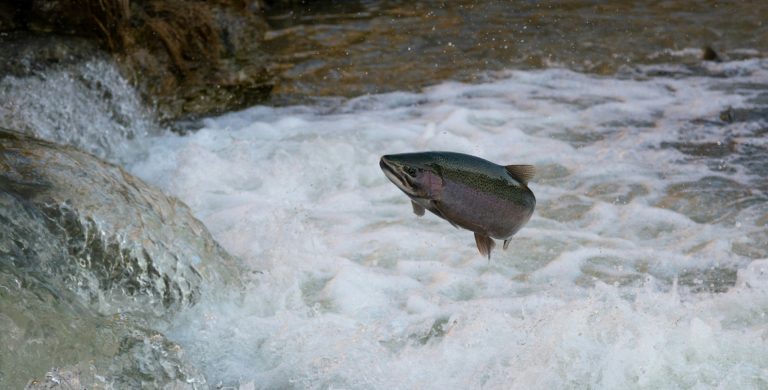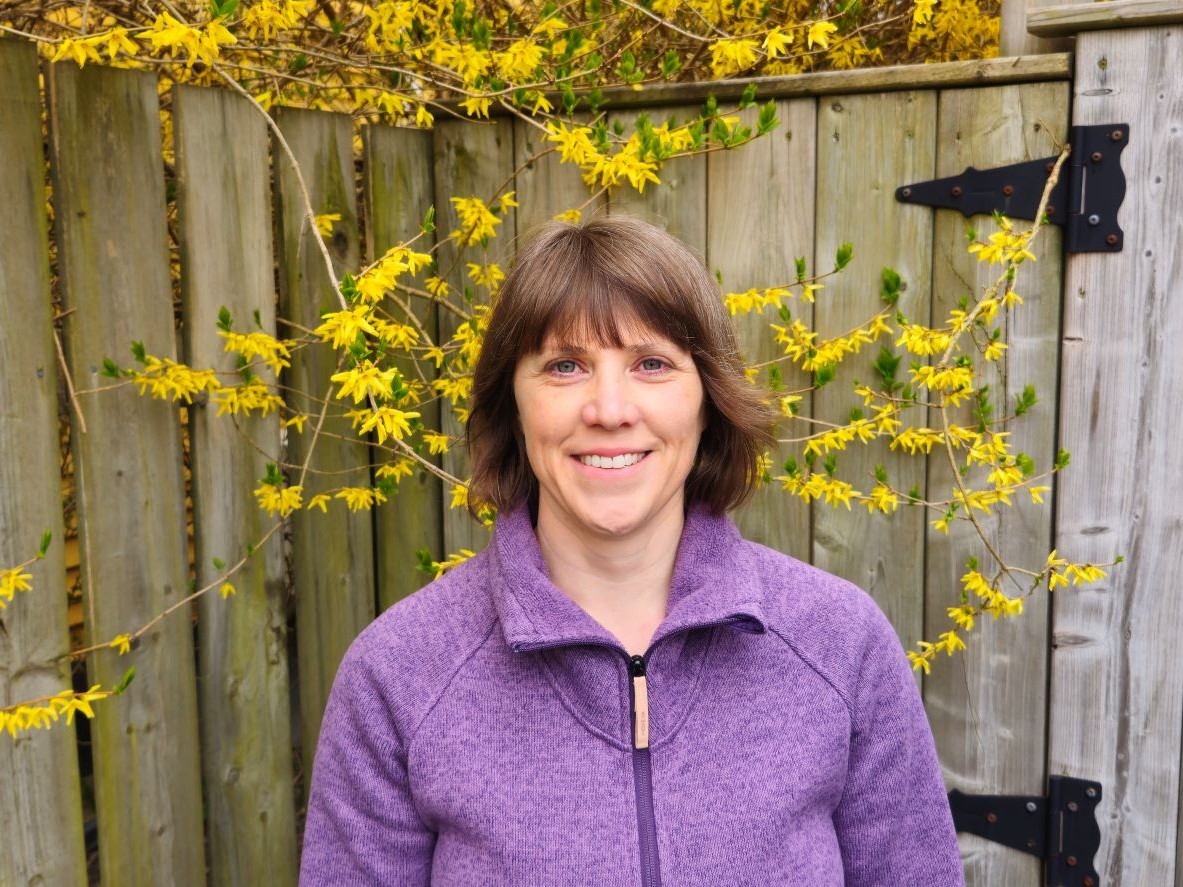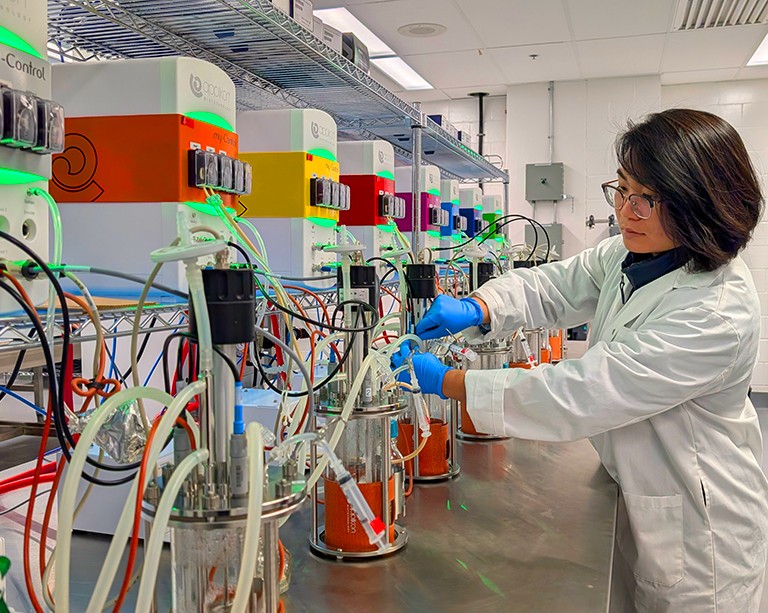Salmon and related fish in global decline since 1980, Concordia study shows

The global abundance of salmon, trout and similar fish (salmonids) has declined by nearly 40 per cent since 1980, according to a new study by Concordia researchers.
The study, published in the journal Fish and Fisheries, is based on a new dataset built from published materials spanning more than 1,000 rivers and streams across 27 countries and 11 salmonid species.
The researchers compiled data from over 330 sources, including academic studies, government reports and grey literature — unpublished or non-commercial materials such as technical documents, internal agency reports and environmental assessments. Most of the data came from the United States, Canada and New Zealand. Fish sampling spanned 84 years, from 1937 to 2021.
Lead author Kyleisha Foote, who received her PhD from Concordia in 2024, is now a postdoctoral fellow at Memorial University in St. John’s, N.L. She says the sharp decline in salmonid biomass — meaning the total weight of living organisms in a particular area — is not surprising.
“The findings were not striking to me because there has been a lot of reporting around salmonid and other freshwater fish decline, but those studies were usually of local populations from around the world,” she says.
“This summary confirms that the literature is agreeing with overall trends. And while it is hard to find out what exactly is causing the decline, we do know that many rivers are facing serious issues related to habitat degradation, climate warming, river regulation and overexploitation.”
 Kyleisha Foote: “The findings were not striking to me because there has been a lot of reporting around salmonid and other freshwater fish decline.”
Kyleisha Foote: “The findings were not striking to me because there has been a lot of reporting around salmonid and other freshwater fish decline.”
Decades-long decline — but not everywhere
The researchers also noted that salmonid biomass is unevenly distributed. Between 2000 and 2020, the average biomass was 5.4 grams per square metre (g/m2) — a significant drop from 8.6 g/m2 in 1980.
However, a small number of rivers contained very high levels of salmonids. The top 10 per cent of rivers were classified as “excellent,” with a biomass threshold of 12 g/m2 . The top one per cent were considered “outstanding,” with a threshold of 36.5 g/m2.
“These rivers must have several conditions that are contributing to this high biomass,” says James Grant, a professor in the Department of Biology and one of the paper’s co-authors.
“It could be the right temperature, the right flow, the right productivity. It’s still a bit of a mystery, but we will be exploring this database to figure out the factors that must multiply together to make these high biomass, highly productive streams.”
The database also challenges a long-held assumption about the maximum biomass a stream can support. The previously accepted upper limit of 30 g/m2 was shown to be too low: 14 rivers — representing 1.3 per cent of the total — exceeded that threshold.
Alaska’s Resurrection Creek recorded the highest biomass in the database, with 70.3 g/m2 of coho salmon, and some areas reaching as high as 169 g/m2. Other high biomass rivers include:
- Patterson Brook, N.S. — 67.6 g/m2 of brook trout
- Sand Creek, Wyo. — 63.4 g/m2 of brown and rainbow trout
- Mušlov Stream, Czechia — 61.5 g/m2 for brown trout
The researchers caution, however, that biomass varies depending on the time of year, with levels typically peaking in the spring.
 Pascale Biron (left) with James Grant: “Hopefully, this database will become the standard and scientists will be able to continue to add to it whenever they have new biomass measurements.”
Pascale Biron (left) with James Grant: “Hopefully, this database will become the standard and scientists will be able to continue to add to it whenever they have new biomass measurements.”
A new tool open to contributions
According to co-author Pascale Biron, a professor in the Department of Geography, Planning and Environment, the database will have a lasting impact for researchers studying global salmonid populations.
“Now that the database has been published, other researchers will be able to work on it. Hopefully, it will become the standard, and scientists will be able to continue to add to it whenever they have new biomass measurements.”
The research was supported by Natural Sciences and Engineering Research Council (NSERC) Discovery Grants, Bourses de formation au doctorat – Fonds de recherche du Québec Nature et technologies (FRQNT) and by the Groupe Interuniversitaire en Limnologie (GRIL).
Read the cited paper: “Salmonid Biomass in Streams Around the World: A Quantitative Synthesis”




